Cameras
Latest about Cameras
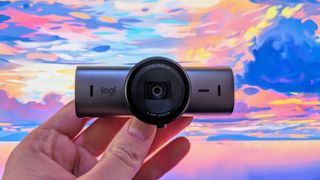
Is this webcam perfect even without Windows Hello?
By Sean Endicott published
A strong discount makes the Logitech MX Brio Ultra HD 4K more appealing, but the omission of Windows Hello remains a notable drawback.

Upgrade your Windows 11 PC with Windows Hello for just $45
By Zac Bowden published
Deals Upgrade your Windows 11 PC with this Lenovo Performance FHD Webcam for Black Friday, which supports Windows Hello face unlock and 1080p video recording for just $45.99.
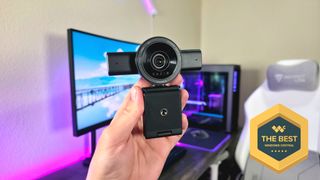
Razer Kiyo V2 webcam review: A killer value even if Camo Studio wasn't included
By Zachary Boddy published
Review The Razer Kiyo V2 delivers a fair amount of value for just $150, undercutting a lot of the competition. Razer's deal with Camo is the icing on the cake.
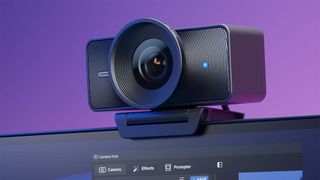
The Facecam 4K is unveiled with 49mm lens filter support
By Adam Hales published
News Elgato Facecam 4K might be an entry-level way into DLSR-like performance in a webcam form factor.
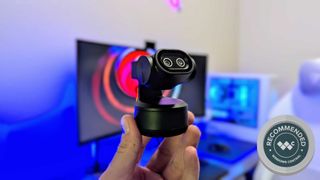
EMEET PIXY webcam review: Twice the cameras, half the price, and one big problem
By Zachary Boddy published
Review The EMEET PIXY is a unique gimbal-tracking webcam with two camera sensors, and it's packed with features at an absurdly good price... but with some problems.
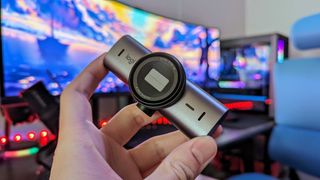
The best webcams for streaming and working from home in 2025
By Ben Wilson last updated
Accessories Pick the best webcam for your Windows PC or laptop with my top-rated picks, perfect for streams and WFH.
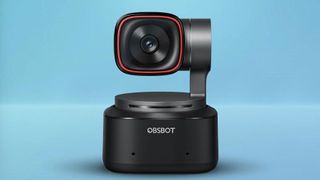
Save big on the OBSBOT Tiny 2 AI-enhanced webcam this Prime Day
By WC Staff published
The powerful Tiny 2 webcam from OBSBOT utilizes AI functionality and a 2-axis gimbal to give you creative freedom with voice and gesture controls while gaming and live streaming.

Logitech MX Brio review: The new benchmark for webcams, but the six-year-old Brio 4K is still better in one area
By Zachary Boddy published
Review The new Logitech MX Brio is the first new premium webcam from Logitech in years, and it's great... though it's missing a feature from the aging Brio 4K.
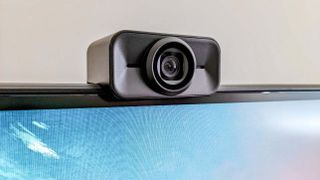
EPOS S6 review: A great 4K webcam that's travel ready
By Rebecca Spear published
4K webcam EPOS is best known for its gaming headsets, but the company has now also produced a 4K webcam. It isn't perfect, but it's a fine product. Our review.

AnkerWork B600 Video Bar review: A bright spot for all-in-one webcams
By Chuong Nguyen published
Webcam AnkerWork's B600 Video Bar is designed to elevate your next virtual meeting with its integrated speakers, microphone, and light bar. Smart software and A.I. smarts take the B600 to the next level.
All the latest news, reviews, and guides for Windows and Xbox diehards.
